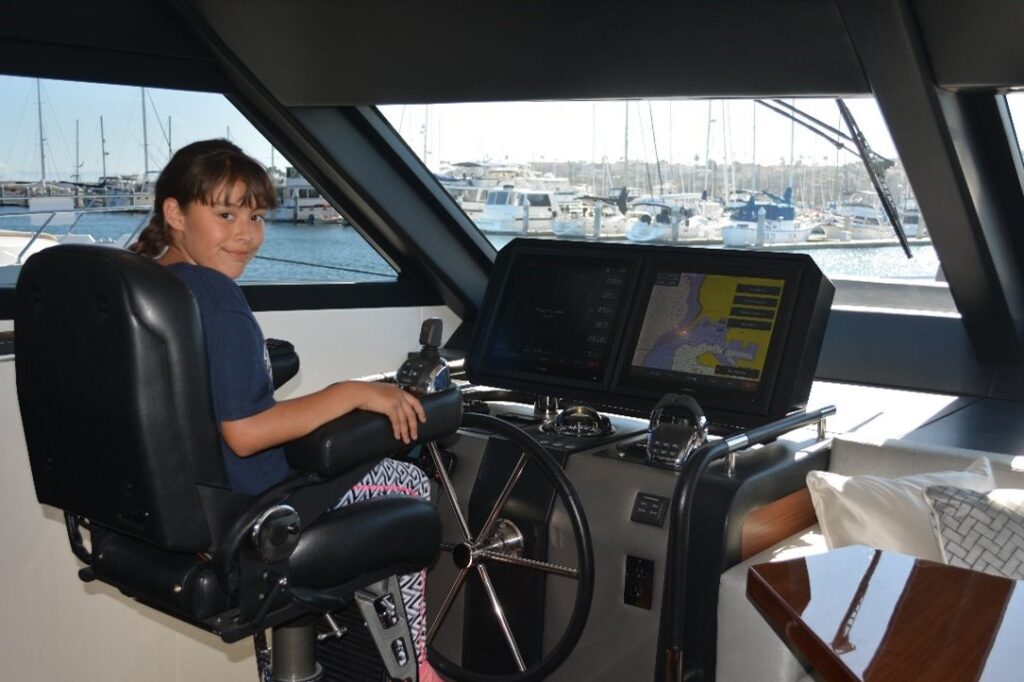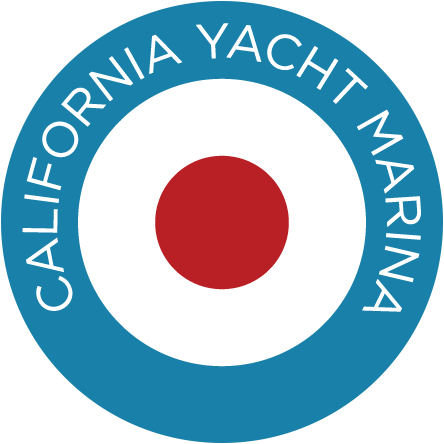California Yacht Marina
Who Has the Right of Way?

In a vehicle, on the road, it’s easy to remember the rules. There are all sorts of visual cues, like yellow and white lines, stop and yield signs, and, of course, traffic lights. On the water, through it can be a little bit confusing. It’s important to know the boating right of way rules, also known as navigation rules, in order to avoid a collision between vessels. Where it gets complicated, though, is that the rules vary by types of vessels, what the vessel is doing, and where the vessel is located. There is really no way to get it right than to just learn and memorize the basics, and keep the right reference tools aboard so that you can consult them for more complex regulations.
Five Basics You Need to Know when Boating in Southern California
- Vessels under sail, for the most part, have the right of way. There are some exceptions, but in most cases, a vessel that is under sail and does not have auxiliary power engaged, has the right of way over powerboats.
- If boats are crossing paths, the boat approaching from starboard (on the right) has the right of way. If you are boating at night and see a red light moving across your horizon to the left, with a constant speed and bearing, you must take evasive action to avoid a collision.
- When vessels are meeting head-on, it is the responsibility of each vehicle to alter their course to starboard. If possible, give a wide berth to the vessel that is oncoming. If you are meeting a vessel head on at night, you will see both red and green lights initially.
- A vessel overtaking another vessel must keep clear. The vessel you are passing is the stand-on vessel, and you must keep clear of it if you are coming up from behind and passing, even if you are under sail and it is a powered vessel. When overtaking a vessel at night, you will see a white light.
- If you are unclear about the intentions of a vehicle you’re approaching, take evasive action early. Make your actions clear, so that you can effectively communicate with the other vessel. Slow down and make course changes that are large and consistent enough to be clearly understood.
Boating Right of Way for Sailboats
If both boats are under sail, the rules must be a little different. The boat on the starboard tack has the right of way, but if both vessels are on the same tack, the leeward boat has the right of way. In a passing situation, when both boats are on the same tack, the vessel being overtaken has the right of way.
Responsibilities of the Captain
If you are the captain, it is your responsibility to know these basics, so that you can act in a responsible manner and avoid a collision. Even if you are the stand-on vessel, you should assume that the other captain is going to make a mistake, and do everything possible on your end to avoid an accident. Slow down, evaluate the situation, and make your intentions clear, even if you are in the vessel with the right of way. To learn all the rules about navigation, get a copy of “Navigation Rules of the Road,” published by the U.S. Coast Guard and available through the U.S. Government printing office. You don’t necessarily need to keep a copy on your boat, but it is wise to own a copy and have it for reference.
The Rules of the Road (on Water)
In addition to focusing on how and where vessels move, navigation rules are supplemented by light and sound signaling rules. These are covered by COLREGS, the International Regulations for Prevention of Collision at Sea, and they determine the responsibilities of vessel operators both in inland and international waters. Vessels 40 feet or longer must carry a copy of the Rules of the Road, which can be purchased at chandleries.
Other Categories and Definitions
Often, a captain’s course of action will be dictated by the type of vessel being operated. For instance, while sailboats under sail are under one category, a sailboat with its auxiliary motor turned on is considered a power boat, because powerboats are propelled by a motor. There are other concerns that determine vessel priority, in certain cases.
- A boat with a deep draft, moving through shallow channels, is known as a vessel constrained by draft, and has priority.
- A vessel that is restricted in its ability to maneuver has priority. This includes boats that are actively operating as tugs or buoy tenders, as well as those engaging in commercial fishing and those that are too large to move in an agile way in a small body of water.
- Boats in which no one is in command.
A Marina, for All Your Boating Needs
Whenever you’re boating in California Yacht Marina. In business for over 35 years, California Yacht Marina has a well-earned reputation for excellence in the Southern California fishing and boating community. We’re a family-owned business with state-of-the-art facilities at our three local marinas, and we can meet your needs, whether you want a family friendly place to dock your boat, you’re looking for an amazing waterfront event venue, or you need need filming locations for rent in Los Angeles, CA. Schedule a tour with us so you can see our spectacular facilities for yourself, call us today at {phone #} or contact us through our website for more information.
